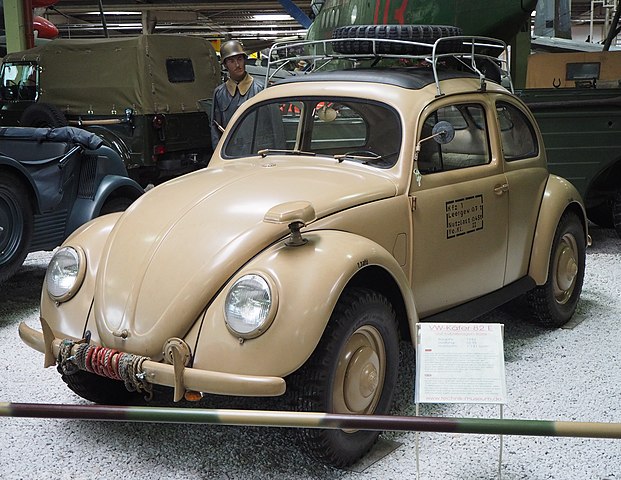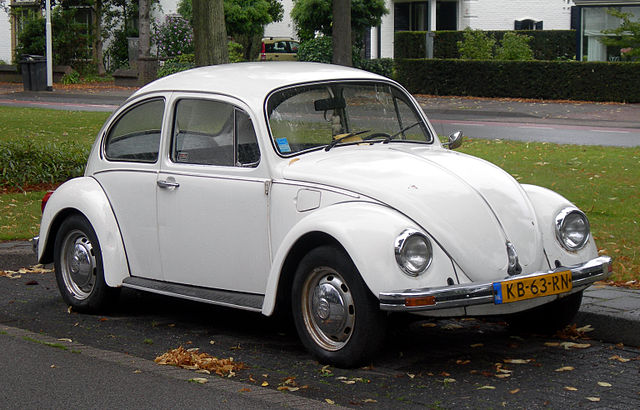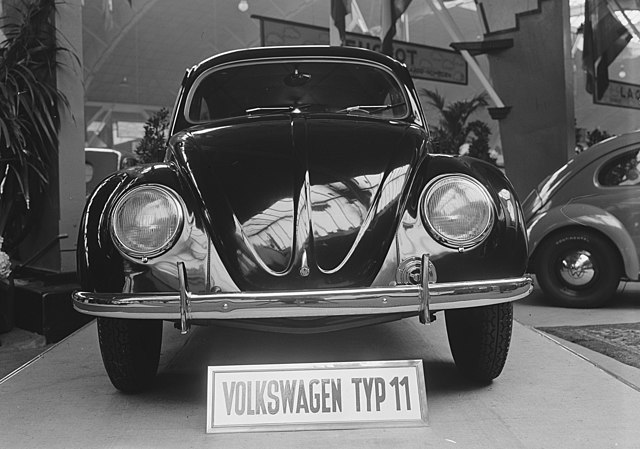
The Volkswagen Beetle, affectionately known as the “Bug,” stands as a testament to innovative design and cultural impact. Spanning from 1938 to 2003, the Beetle carved its niche not only as a symbol of economical and reliable transport but also as a cultural icon that transcended generations.
This article delves into the history, design evolution, cultural significance, and enduring legacy of the Volkswagen Beetle.
Introduction to the Volkswagen Beetle

The Volkswagen Beetle’s story begins in the tumultuous era of the 1930s under the regime of Adolf Hitler, who commissioned engineer Ferdinand Porsche to design a “people’s car” (Volkswagen in German). The objective was simple yet ambitious: create an affordable and simple car that was accessible to every German family.
Production began in 1938, and though World War II interrupted civilian production, the Beetle emerged in the post-war period as a symbol of regeneration and economic recovery.
Military Production During World War II

Transition to Military Utility
As World War II engulfed Europe, the production of the Volkswagen Beetle took a pivotal turn. The factory that was initially built to manufacture the Beetle was repurposed to meet the demands of the war effort. This transition marked a significant shift in the Beetle’s early history, aligning its production capabilities with military needs.
The Kübelwagen: A Beetle for the Battlefield
The most notable military adaptation of the Beetle was the Volkswagen Kübelwagen, derived from the same design principles as the Beetle. The Kübelwagen, which translates to “bucket car” due to its bucket seats, utilized the Beetle’s reliable air-cooled engine and lightweight, simple design, making it highly effective in various terrains and conditions encountered across Europe and North Africa.
The design of the Kübelwagen was adapted to be more suited for rough conditions. It featured a higher ground clearance, a more rugged body, and off-road capabilities that were essential for military operations. Its reliability and ease of maintenance made it a valuable asset to the German army during the war.
Other Military Variants
Beyond the Kübelwagen, other military variants of the Beetle were developed, including the amphibious Schwimmwagen, which was based on the same mechanical platform. The Schwimmwagen was equipped with a waterproof hull and a screw propeller for propulsion in water, making it one of the most mass-produced amphibious cars in history.
These vehicles demonstrated the versatility and robustness of the Beetle’s engineering, adapted under the extreme pressures of wartime production.
Impact on Volkswagen’s Post-War Recovery
The end of World War II left the Volkswagen plant in ruins, and the company’s future was uncertain. However, the infrastructure built for military production played a crucial role in the company’s post-war recovery. Under British supervision, the factory was restored to produce cars rather than military vehicles.
The British military government ordered thousands of Beetles to be produced for occupational forces, which inadvertently kick-started the mass production of the Beetle for civilian use.
Design and Engineering: The Foundations of a Legend

Original Design and Specifications
The original Beetle featured a distinctive rounded shape, rear-engine layout, and air-cooled system, which not only defined its unique appearance but also influenced its performance and durability. The design was practical, offering robust performance with minimal mechanical complexity.
This simplicity was key to its popularity, as it made the car affordable to maintain and repair.
Evolution Over the Decades
Over its 65-year production run, the Beetle underwent numerous updates but always retained its iconic shape. In the 1950s and 1960s, it received improvements in power, comfort, and safety, making it more appealing to a broader audience.
By the 1970s, the Beetle had incorporated larger engines and better equipment, adapting to more stringent safety and environmental standards without compromising its distinctive identity.
Cultural Impact and Global Reach

The Beetle in America
The Beetle’s introduction to the American market in the 1950s marked the beginning of its status as a cultural icon. It was advertised as the anti-glamour car at a time when most American cars featured massive sizes and powerful engines.
Its affordability and simple, reliable nature made it a hit among the young, and it quickly became associated with the counterculture movements of the 1960s.
Symbolism and Media Presence
Beyond just a car, the Beetle became a symbol of simplicity and nonconformity. Its appearances in films, television shows, and other media—most famously as Disney’s “Herbie”—cemented its place in popular culture.
The Beetle’s shape became as recognizable as its reputation, making it one of the most iconic and beloved cars in the world.
The End of an Era and a Lasting Legacy

Production and the Final Models
Despite its continued popularity, advancements in automotive technology and changes in consumer preferences eventually led to the Beetle’s decline. Production in Europe ended in the late 1970s, but it continued in Latin America until 2003. The last Beetle rolled off the assembly line in Puebla, Mexico, marking the end of an era.
The New Beetle and Beyond
In 1998, Volkswagen introduced the New Beetle, a modern reinterpretation of the classic, featuring front-wheel drive and a water-cooled engine. While it captured the essence of the original’s design, it was a completely different car under the hood. The New Beetle catered to nostalgia, allowing a new generation to connect with the classic charm of its ancestor.
Conclusion: More Than Just a Car
The Volkswagen Beetle is more than just a car; it is a piece of automotive and cultural history. Its story reflects a blend of design ingenuity, economic necessity, and cultural resonance. Today, the Beetle continues to be celebrated by enthusiasts and collectors around the world, a testament to its enduring appeal and significant impact on both roads and hearts worldwide.

